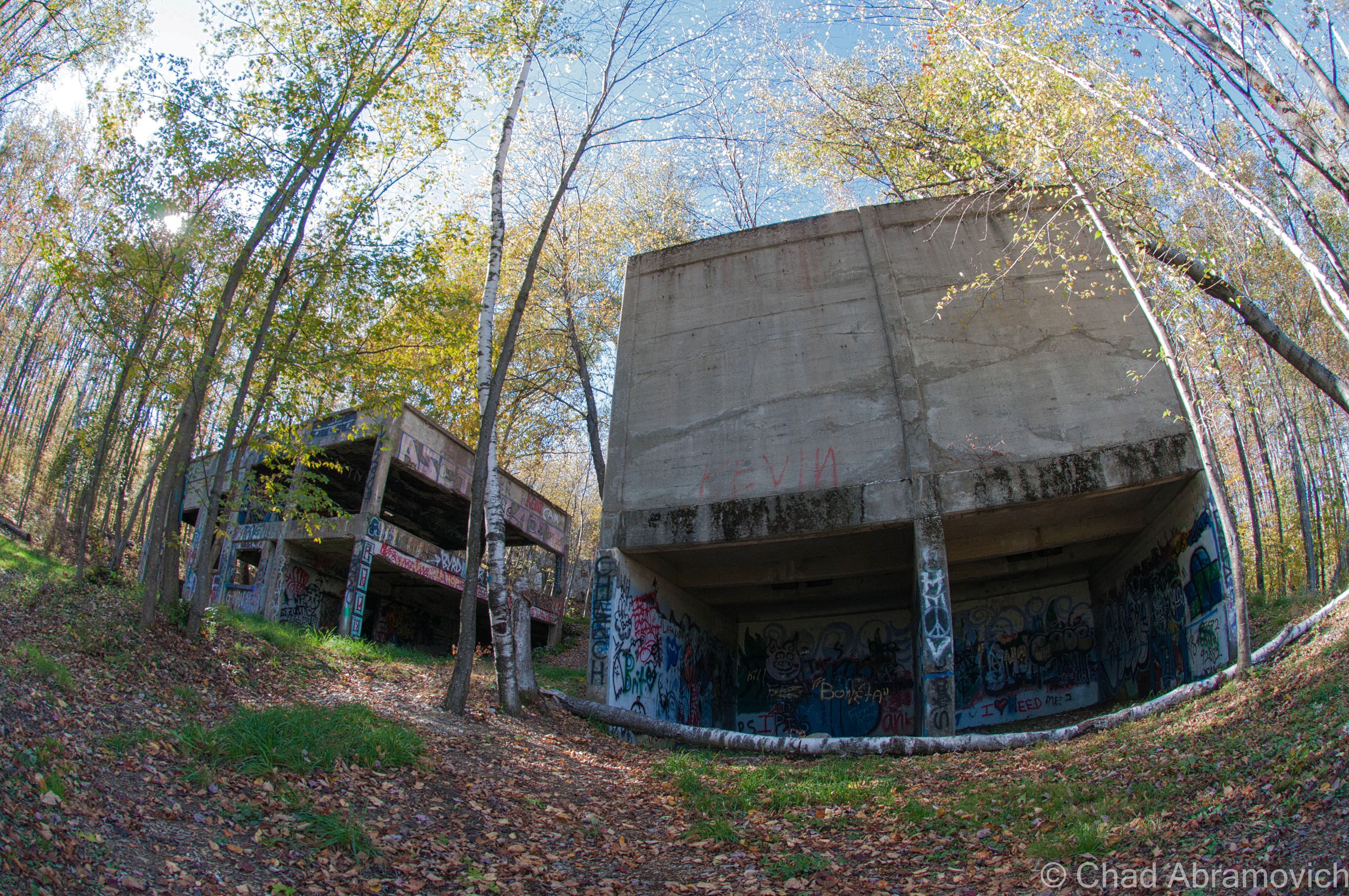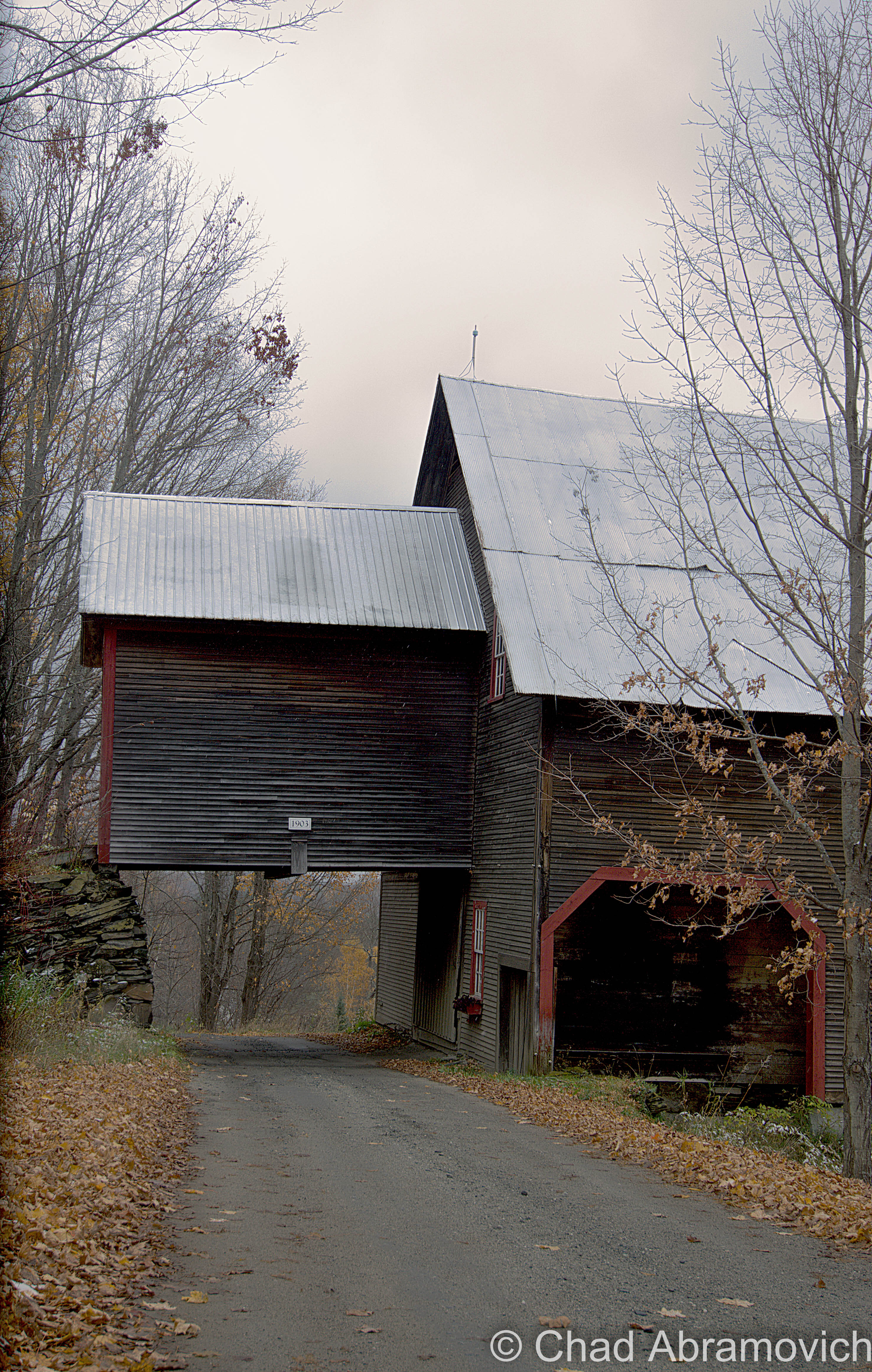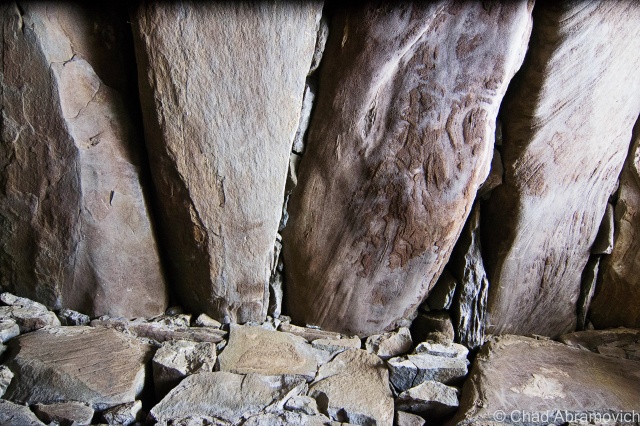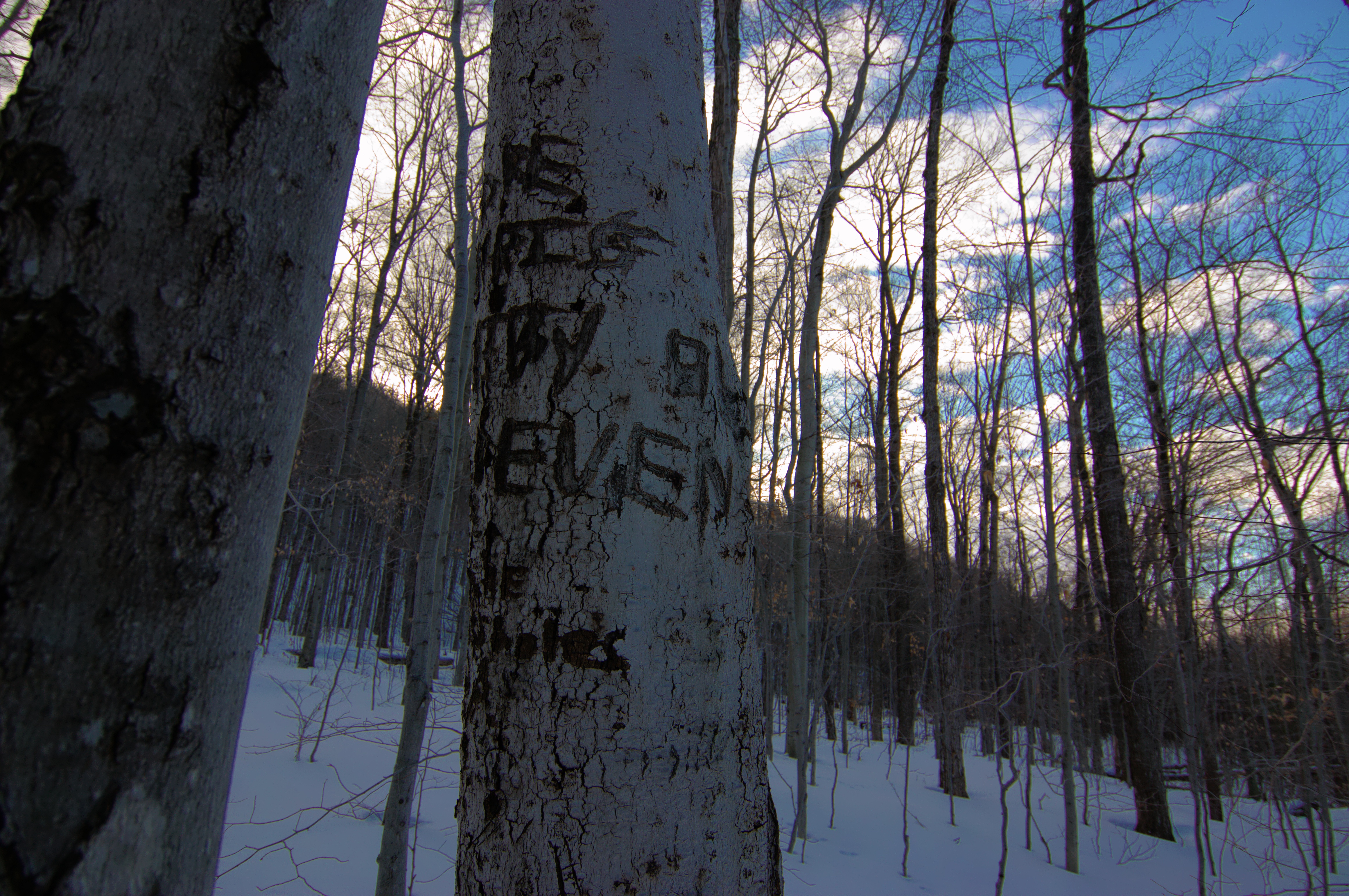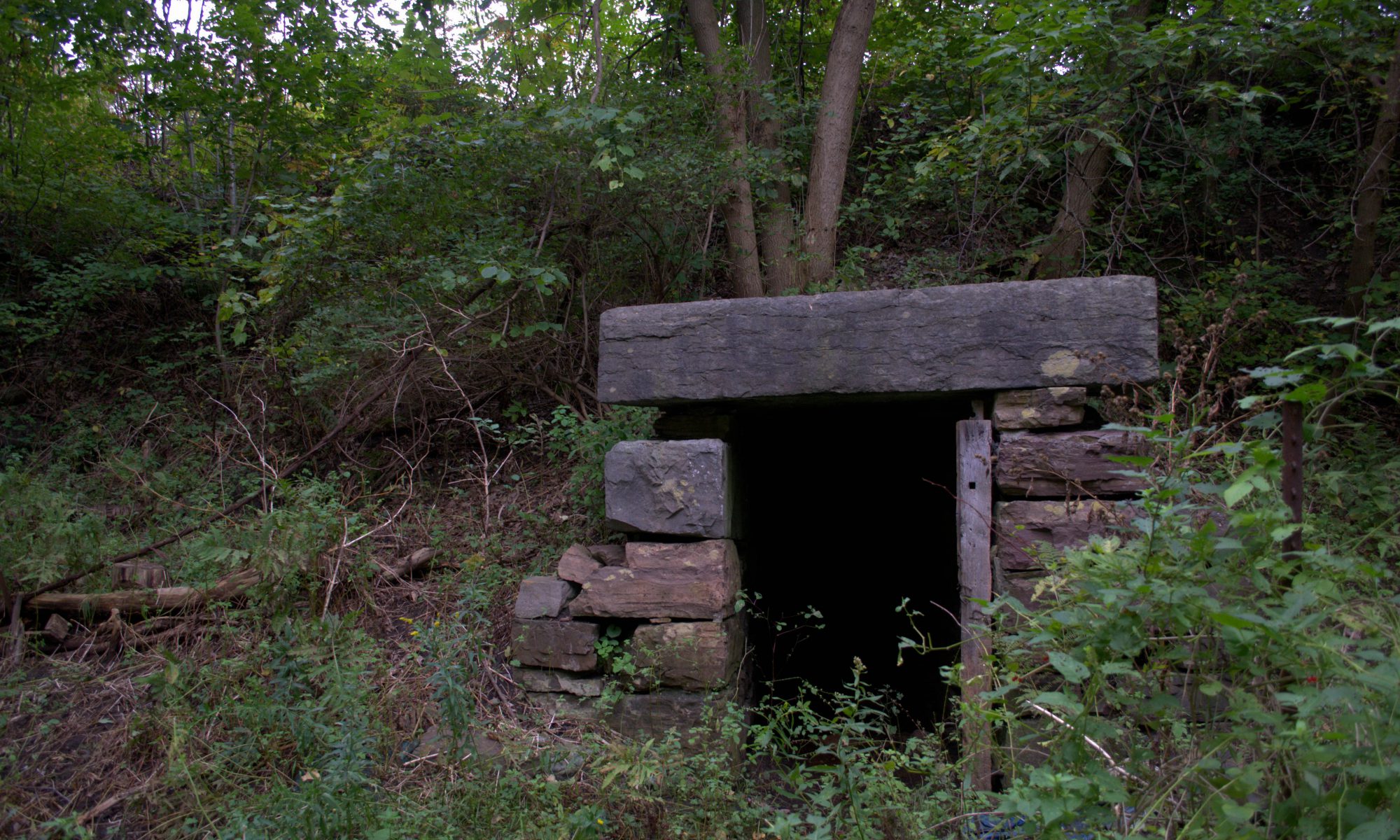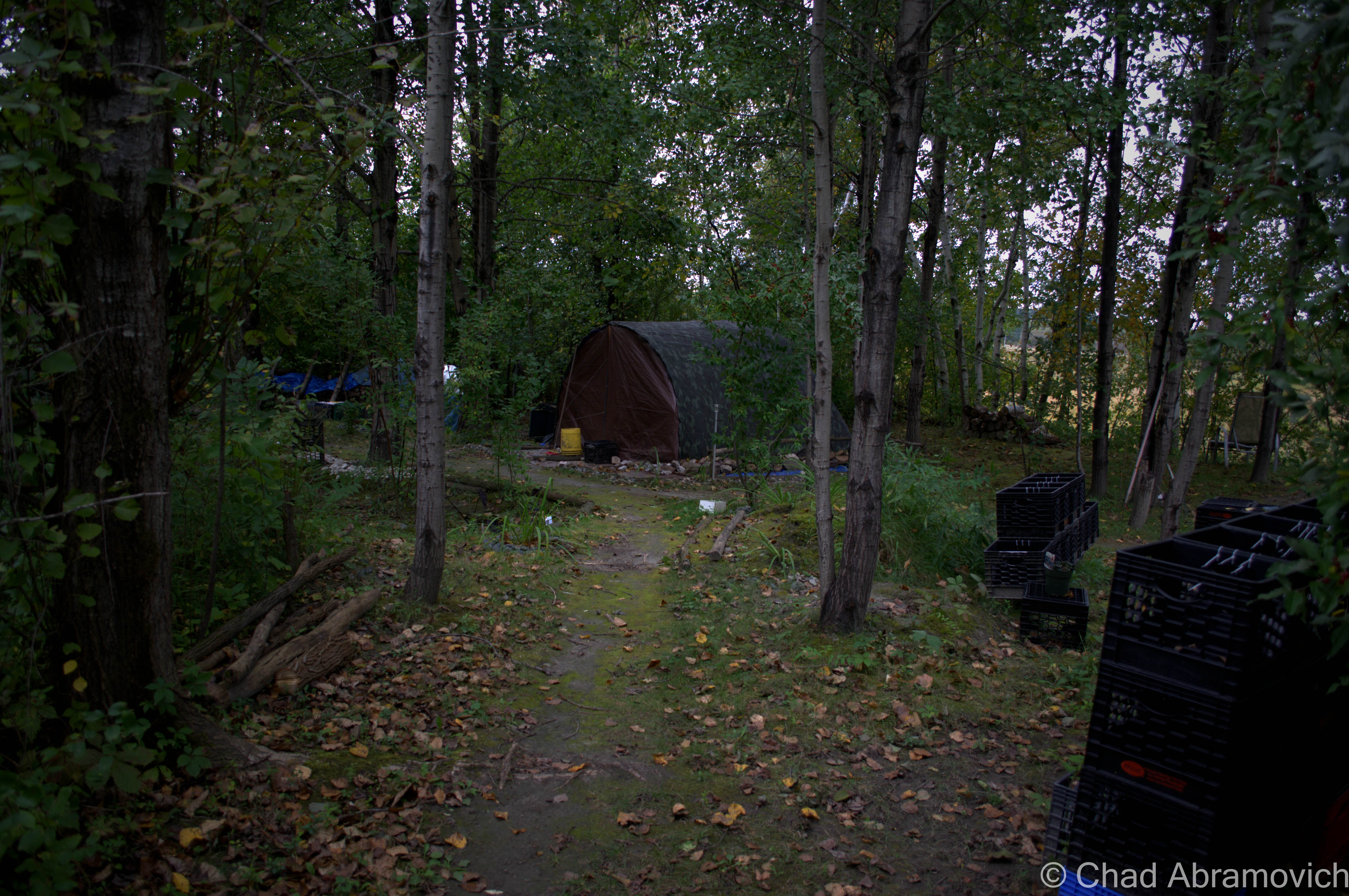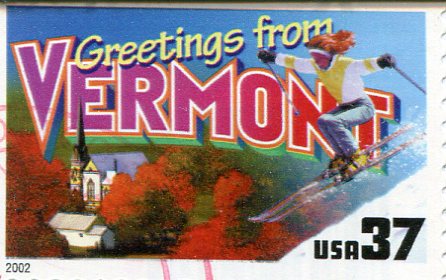“I swear, there’s something weird about Moretown” said my friend as he sat down on my couch. To be fair, there is something weird about most of Vermont – every community has its obscurities. The difference is while some stories speak slow and heavy, others keep their secrets like a tomb. Moretown is like many Vermont communities – rural and sparsely populated. The town has an estimated 1,658 people spread throughout forested hills and rocky farms along the Mad River banks – the general store which wears the name of the town acts as the focal point for the quiet community. From some parts of town, in the distance, the distinctive outline of Camels’ Hump rises over the foothills. But as for Moretown’s weird side, I knew nothing about it – and was eagerly awaiting my introduction.
My friend lives in one of the oldest houses in town, and he knows this because despite new ownership, the locals still refer to the place after its original occupants. It’s your emblematic Vermont farmhouse in a rural village setting – a two story wooden box with a tin roof, thin walls and tiny rooms with warped wood moldings. A vision that hard work and resilience wrote.
But underneath it’s 19th century antiquated charms and frame of plaster, wood and nails, something else appears to co-exist with my friend and his family like streams of light.
“I always have the radio going in the house when I’m home alone” he begins. He tells me stories of nights he spends alone, and how he hears phantom conversations manifest themselves from the rooms upstairs. These curious voices are barely audible, and indecipherable. Though he can hear them, he also can’t assign a gender to them. “I just know they’re arguing, I can tell by the tone in their voices” he says. Sometimes he recalls hearing the voices coming from the basement instead of upstairs. When I asked him how long the disputes go for, he explains they are random, and often fade away and manifest themselves again later, periodically throughout the night. With the radio running in the background, it drowns out the noises and makes him feel more comfortable, although, he admits by now he’s just used to it.
But this was only the beginning of a long list of peculiar events. One night a few years ago, he had a few friends over to hang out – a way to pass one of the long and bleak Moretown winter nights. They were in the kitchen, when their conversation abruptly stopped at the sound of a clang on the granite counter top, followed by a startled reaction from one of his friends. When the group turned around to investigate, they found a large kitchen knife was laying on the counter – their now distressed friend staring at it with wide eyes. She proceed to explain how the knife flew out of the knife holder on the other end of the counter, landed on the surface and skidded across the counter, powered by some invisible force. That would be an impossible feat without human help. But she says she witnessed the entire thing. As she was explaining this to her incredulous friends, a loud bang was heard, followed by the identifiable sound of a glass bottle rolling across the floor. They turned around and realized what had happened – a bottle of wine had fallen off its shelf and rolled across the floor towards them. But there was something unusual about this scenario; the wine bottle would have had to jump a half foot piece of wooden molding to get off its place on the shelf, before plummeting a 5 foot drop onto the floor, without breaking, and then rolling to a stop at their feet. No one had an explanation for either events.
Later on, as they were sitting and talking on a couch in the living room, one of them suddenly jumped off the couch in a panic. As all attention diverted towards her, she yelled and pointed at her former seat, saying that it felt like two fists had been punching her directly underneath the couch cushion. This isolated event went unnoticed by everyone else sitting on the couch – and of course, there was nothing underneath the couch cushion when it was investigated.
Understandably, two friends decided to leave abruptly after the startling array of events. The remaining friend opted to spend the night on the couch downstairs because he was too tired to make the drive home that late. But that would be a choice he would wind up regretting. Sometime around 4 in the morning, he woke up when he noticed something wasn’t right. As he drifted out of his reverie, he noticed that the lights in the living room were dimming and turning bright again. He knew the lights in the room had a dimmer switch next to the actual light switch, so he rolled over to glance at it – and said he saw the little switch moving up and down by itself! Now officially terrified, he left abruptly at 4 in the morning. “I woke up and he was just gone. He eventually called me later on during the day and told me what had happened. I didn’t know what to say”
I asked my friend about the history of the house, but he didn’t have any answers to give. From his knowledge, nothing tragic has ever happened inside the home that he was aware of, and he’d never spoken to anyone else who had ever claimed to have a strange occurrence inside, so these mysteries were just that.
The Moretown Whatsit
Apart from unaccountable things happening inside his house, my friend also tells me some astonishing occurrences that he witnessed around Moretown.
He recalls one night in his backyard as he was hanging out in his hottub with a few of his friends. Suddenly, he noticed a puzzling noise coming from behind the garage that was right behind them. It was the unmistakable sound of footsteps – and they were coming from behind the garage. He silenced his friends, who also seemed to notice his tense behavior. There was something very bizarre about this situation – something that refused to fade. He reasoned that he surely would have heard footsteps approaching the garage, it was in a wide open area and there were several inches of snow on the ground with a brittle layer of ice crystal on top. And yet, these strange footsteps seemed to literally conjure themselves behind the garage. There were no footprints in the snow that approached the building from either side. It sounded like whatever was back there was pacing back and forth, slowly and steady. Now, the trio of friends sat motionless in the hottub, waiting to see what sort of shapeless terror would eventually step out from behind the garage. But nothing came around the corner, and the pacing continued. Finally, one of the friends made a break for the back door, and the rest followed closely behind. Once inside the closed in porch, they peered out the windows into the stark night – waiting to see what would happen. Nothing. My friend walked around to the back end of the porch where the windows overlooked behind the garage – and the backyard was empty. There were no footprints, no intruder, no nothing. Just the starless winter skies and bare trees of the silent Vermont woods.
This mystifying incident wasn’t isolated however. A few weeks later, once again while hanging with a friend at his house, his dog started barking, which instantly had my friend behaving apprehensively. “My friend kept asking me what was so weird about my dog barking” he explained. “I told her she didn’t understand, that dog was incredibly old and hadn’t barked in years. I knew something was wrong”. As he got closer to his frantic dog, he heard what it was so upset about; They heard the sound of footsteps crunching on hard snow on their side porch. Instantly remembering the irregular events that night at the hottub, he cautiously walked over towards the side windows over looking the porch. There was no one there, and there were no footprints on the fresh snow.
His friend was understandably spooked, and asked if he could walk her home, deciding she had had enough. Next thing he knew, they were outside in the wintery cold, armed with flashlights. A few minutes into walking around and scanning his surroundings, he noticed how strangely quiet the moonless night was. There were no sounds at all. After spending about 10 minutes combing his yard and beginning to walk along the road out front, he suddenly heard a chorus of coyote wails coming from the woods across the road – across the grey of the Mad River. Him and his friend froze in their tracks. Suddenly, and almost impossibly, another crescendo of coyote wails could be heard cracking through the night – but this time, it came from the woods behind his house. He knew there was something out there – something the coyotes didn’t like.
Then he heard another noise, but it wasn’t like any noise he had ever heard before, but he knew it definitely didn’t belong to the coyotes. It was a strange screeching noise, what sounded like a cross between a pig grunt and someone howling with misery. But unlike the coyote wails that echoed off the barren mountains, this odd noise seemed to be swallowed by the hungry night, and it came from the direction towards his neighbors house.
As his eyes swept the skies for that night’s revelation, he said he felt compelled to turn his flashlight beam over across the road towards the neighbors house, and saw something he’ll never forget. On the roof above their garage, were what appeared to be two yellow cat’s eyes, gleaming back at him about 5-6 feet above the roof line. He brought the beam of his flashlight over towards the taciturn creature, and saw the eyes duck out of sight just below the peak of the tin roof. He turned off the light and waited, and minutes later, he saw something scramble back onto the tin roof, and was greeted by the uncomfortable sight of the two yellow cat eyes glaring at him.
As his eyes adjusted in the dark, he said he got a “better” look at the creature on the roof. Through the black of the night, he said that those hazy eyes seemed to belong a gangly shadow, with almost human features. Whatever this thing was, it was subtly observing him in a flouting manner. Suddenly, it clambered down the other side of the roof and fled into the deep dark night. The coyotes went wild. He never saw it again.
“I read your post on Pigman, and I thought about how close Moretown is to the Devil’s Washbowl – so I thought, maybe that thing could have been a Pigman sighting” he suggested. But I wasn’t so sure. The reported Pigman sightings had very different details and scenarios to them – this thing, whatever it was, seemed to be something all its own. Could Vermont have a new, undocumented cryptid? I suppose we’ll never know unless another sighting manifests itself into paranormal concrete.
Giant Cats?
Giant Cats are nothing new to Vermont mythology, and have been spotted all over the state for as long as anyone can remember. They’re referred to as Cougars, Mountain Lions, and the archetypal Catamount. So what could account for my friend’s strange occurrence one Saturday morning near a small horse farm on Route 100B in Moretown?
He tells me he was driving south along 100B on a sunny Saturday morning. As he was passing a quiet horse farm on his left, he noticed something moving along the upper edge of the meadow along the tree line. As the horses were grazing in the open field, he said he saw something long, limber and grey looking that was sleuthing down the hill, attentively towards the horses. He never stopped to get a better look, but he describes it as what appeared to be “a giant cat”. Sadly, we’ll never know the identity of this mysterious stalker, or if it ever got what it was after. Perhaps it was one of Vermont’s legendary Catamounts, or maybe, something far stranger and unimaginable?
—————————————————————————————————————————————–
To all of my amazing fans and supporters, I am truly grateful and humbled by all of the support and donations through out the years that have kept Obscure Vermont up and running.
As you all know I spend countless hours researching, writing, and traveling to produce and sustain this blog. Obscure Vermont is funded entirely on generous donations that you the wonderful viewers and supporters have made. Expenses range from internet fees to host the blog, to investing in research materials, to traveling expenses. Also, donations help keep me current with my photography gear, computer, and computer software so that I can deliver the best quality possible.
If you value, appreciate, and enjoy reading about my adventures please consider making a donation to my new Gofundme account or Paypal. Any donation would not only be greatly appreciated and help keep this blog going, it would also keep me doing what I love. Thank you!
Gofundme: https://www.gofundme.com/b5jp97d4


















